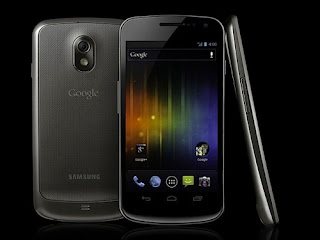Android Vs Iphone
How iOS is More Secure Than
Android?
In 21st Century, cyber-wars have changed the paradigm of how
internet and mobile technology in future will be vulnerable to
security threats. Apple has always emphasized
that iOS is safer to safest Mobile OS on earth,
Google has also gone on roof-tops to say Android is safer, let
us analyze Why &Â How iOS is More Secure Than Android, I will also be
sharing some alarming stats if you are thinking that your data and privacy is
safe with Phone in your pocket.
Today the most private and valuable info in Mobile are:
1. Your location
2. Your Likes and Dislikes
3. Your Contacts
4. Your
Important Data and files
5. Your Financial Details
How iOS is More Secure Than Android?

Why is Android more Vulnerable ?

1. Due to its open platform writers are creating more malware for Android
2. Android allows un-verified third-party Apps to run on
Android
3. The Security lapses in structure of Android are more
4. Experts
have tested Android latest update JellyBean, iOS still wins
Last year, Android had 30,000 Malware vulnerabilities this year it saw a elevation to 175,000 malwares.
Why iOS is more Secure?
1. Apple told you, If you jailbreak you’ll compromise your privacy and
security, So your Security remains intact until and unless you use Apple
Certified Apps on Apple App store.
2. Apps approved via Apple App Store, will not Spy your like/dislikes or your
location to commercialize and capitalize on them.
3. The Architecture of iOS programming has been improving right from iOS 2 in
terms of more firm security with developing threats.
4. The access control to the apps â€" Apple from the first day has emphasized
on this, Late Steve Jobs, discarded all third party apps which are not approved
by Apple, Experts used to pronounce it as monopoly then, lately, it has surfaced
that those restrictions today give Apple users more Security than the Popular
Android.
With iOS you know:
1. Your data is not being used
2. While your phone has internet
connectivity no third-party App is accessing your credit card details, social
media accounts or your important data





















